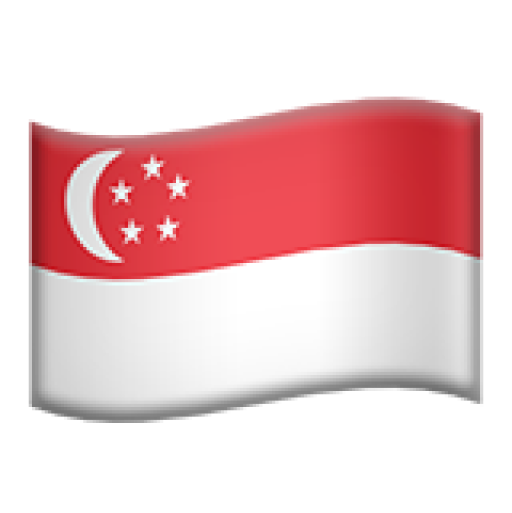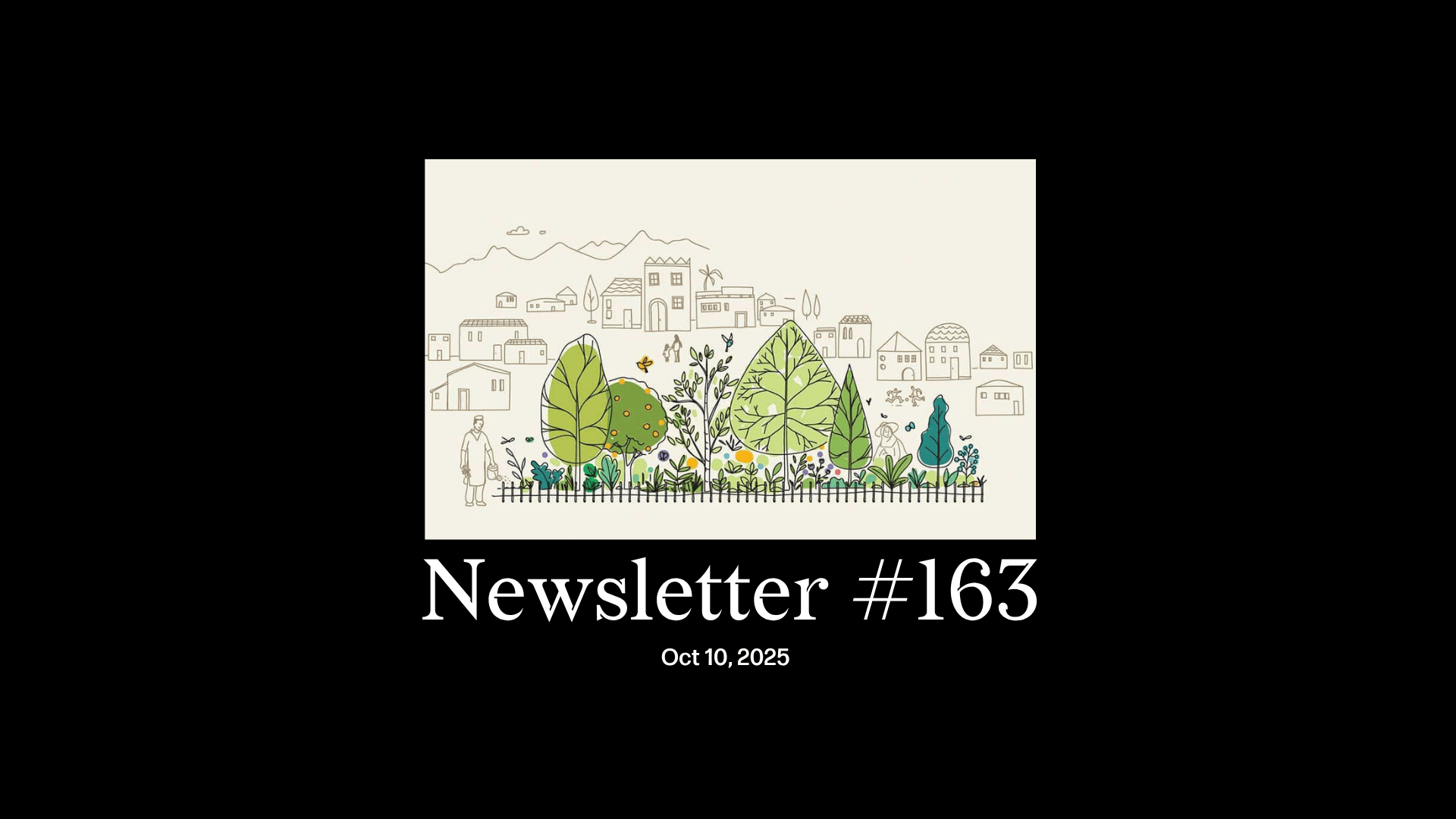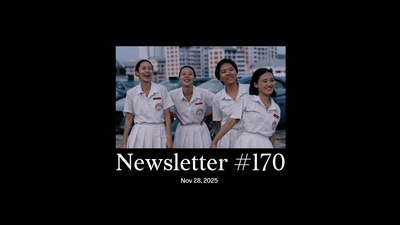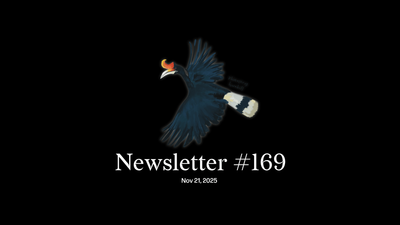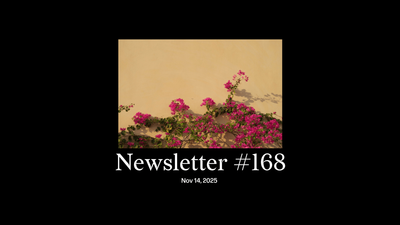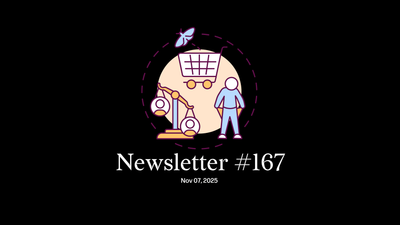Dear reader,
Even as we mourn Pannir Selvam, executed on Wednesday, and will continue to oppose the death penalty, there’s much else to be grateful for this week.
Today’s World Mental Health Day, and an appropriate time to ponder care and kindness towards migrant workers. Recall where we were during the pandemic. At the time, some 300,000 workers were trapped in their dormitories, even as the government allowed more privileged humans in this city to start going out. I remember an initiative on Facebook, to collect and deliver board games and other forms of entertainment to them, to alleviate their boredom and fear, to help with their overall mental health. Many laughed it off, presumably because they considered games beyond some imagined hierarchy of needs for lowly labourers.
Yet, the overall tragedy of our “pandemic of inequality” has prompted many Singaporeans to reassess how we treat our most vulnerable workers. Much progress has been due to the tireless work of NGOs like HOME and TWC2. And this past week, Dinesh Vasu Dash, the minister of state for manpower, announced two mental health initiatives for “our migrant brothers”, at an event for around 1,000 workers. We discuss these, set against the different forms of trauma they still face in society, in “Singapore This Week”.
There’s encouraging news too on the Palestine front. The Palestinian Scholarship Initiative (PSI), which raised over half a million dollars in under a year, announced that three Palestinians have been evacuated from Gaza and have arrived in Singapore. Two are in postgraduate programmes at NUS and SUSS, and one is in an undergraduate programme at SIM. In Singapore today there’s a broad spectrum of opinion on how best to re-evaluate our ties with Israel and Palestine. Wherever you sit on that, and regardless of struggles that must continue, I suspect this is something to cheer.
Good luck finding the students, though. “I won’t be able to facilitate any interviews with any of the three scholars who are here as they currently wish to focus on their studies and the reason they are here in Singapore,” said Sarah Bagharib in PSI’s press release, perhaps because of the confusing spotlight that all Palestinians abroad probably have to contend with.
In researching a blurb for “Singapore This Week” about Tang Liang Hong, the late Workers’ Party politician, I was fascinated by a comment from Tommy Koh, Singapore’s ambassador-at-large, who taught Tang at NUS. The PAP had smeared Tang in 1997 as an “anti-Christian, anti-English-educated, Chinese chauvinist”. One commenter, responding to Koh’s Facebook tribute to Tang, asked about that incident. Koh responded with typical candour: “character assassination was often resorted to by desperate politicians.” It’s always fun to hear these little, contrarian observations by people within the establishment. Hopefully Koh emboldens others to speak freely.
In our weekly digest, we also have cool stories about an undersea exploration collaboration between NUS and OceanX; the connections between South-east Asia (particularly Aceh) and Salem, Massachusetts; and the prospect of artist co-operatives. It would be remiss, however, to ignore a shocking and tragic piece of news this week: the way NTUC Income (now Income Insurance) dealt with the family of a 78-year-old man left permanently mentally incapacitated by an accident. “This is a judgment that documents NTUC Income’s wholly unreasonable behaviour,” was the opening line from the judge this week. I’m not sure if I’ve come across another incident that so cuttingly depicts the rabid, exploitative capitalism that sadly exists in spaces here.
- Tang Liang Hong, and how to win elections by smearing your opponent
- How could NTUC Income treat a vulnerable family so poorly?
- How can we improve migrant workers’ mental health?
- A scientific collaboration between NUS and OceanX to explore the deep
- SE Asia’s connections with Salem, the town known for the 17th C witch hunts
- Will Singaporean artists embrace co-operatives amidst spiralling costs?
Essay: “Can microforests cool Singapore?” by Robin Hicks
When Robin, a sustainability journalist based here, first wrote to Jom a few weeks ago with this idea, I remember thinking: surely that’s an oxymoron? The only forests I know are the ones I lose myself in, what Jane Goodall famously described as “a temple, a cathedral of tree canopies and dancing light”.
And yet, as Robin describes, this “urban reforestation technique” was popularised in 1970s Japan, which “was rapidly losing its native forests to urbanisation, and air and water pollution from heavy industry was so bad that illnesses were named after industrial cities—Yokkaichi asthma and Minamata disease, for instance. Greening solutions were urgently needed.”
In Singapore today, the impetus is different. We’re after the “organic air-conditioning” that microforests promise, in a city that is “heating at roughly twice the global average”. (Last week, the Fédération Internationale de l’Automobile issued a “heat hazard” regulation for the first time in an F1 race.)
But can microforests really proliferate across our built environment? What impact might they have? And what does it mean for us to relentlessly raze actual forests only to replace them with micro ones? Robin, in his first piece for Jom, interrogates these and many other important questions. Read it now.
Jom baca,
Sudhir Vadaketh, editor-in-chief
Jom
If you’ve enjoyed our newsletters, please scroll to the bottom of this page to sign up to receive them direct in your inbox.

